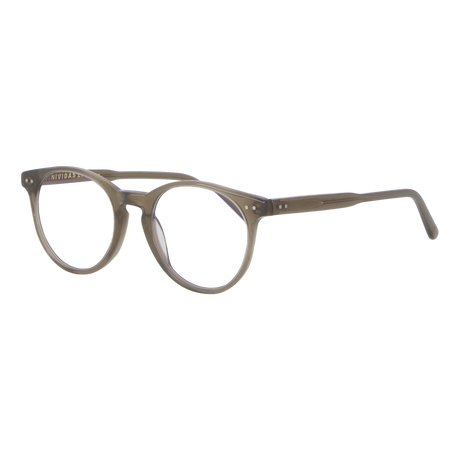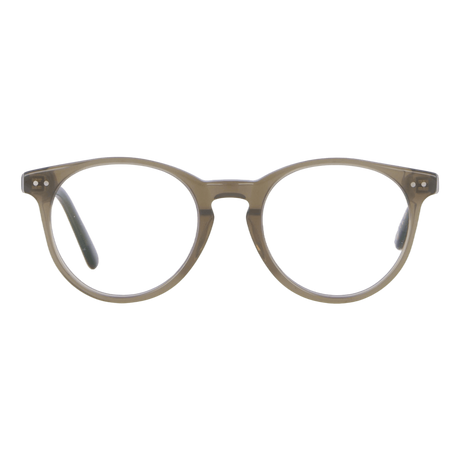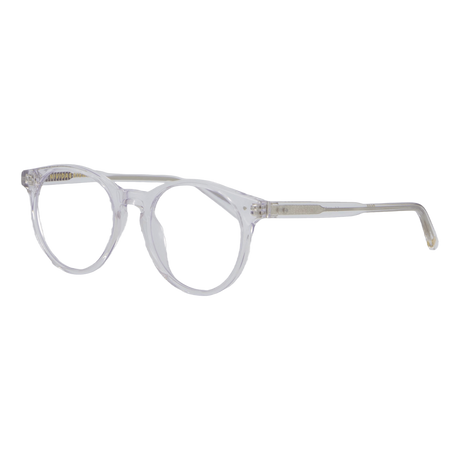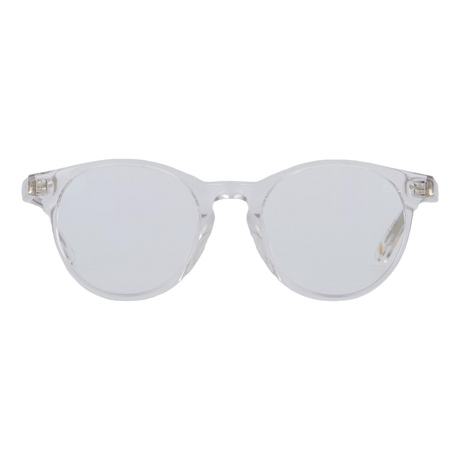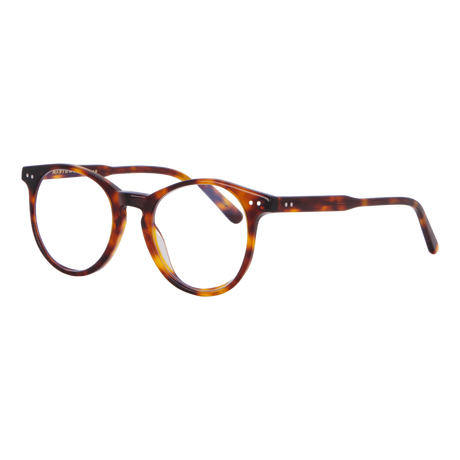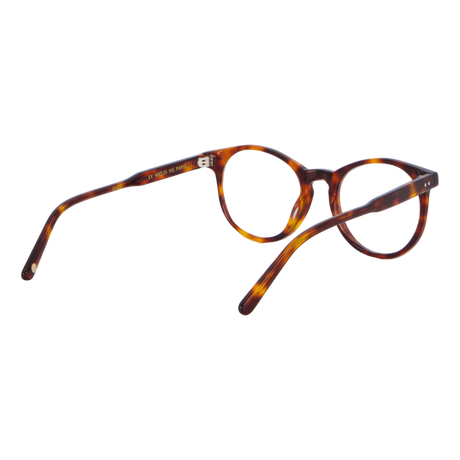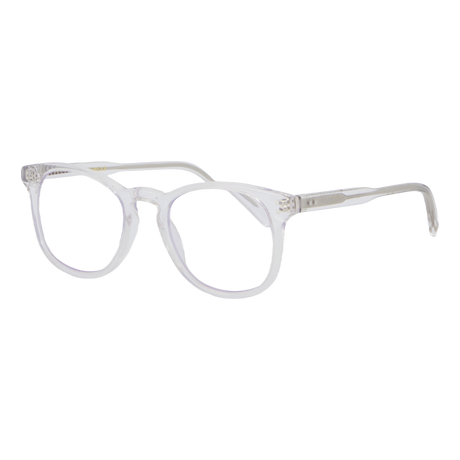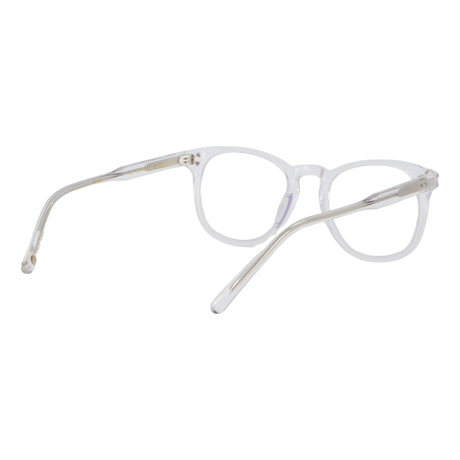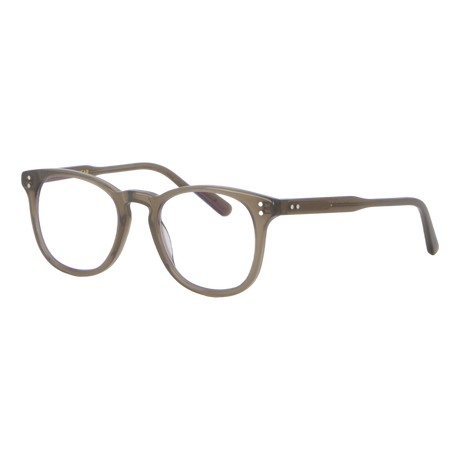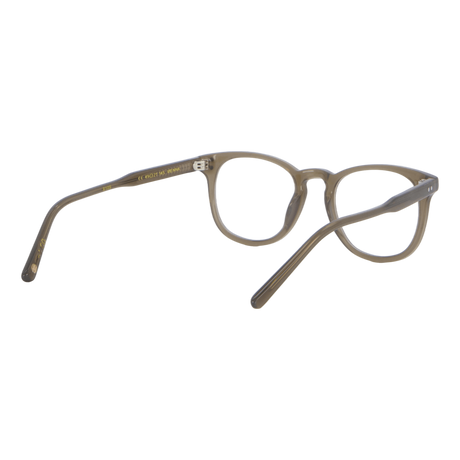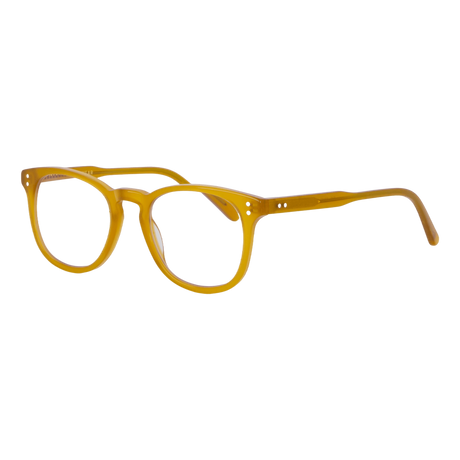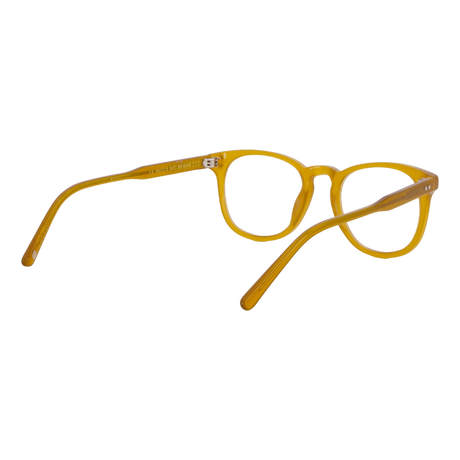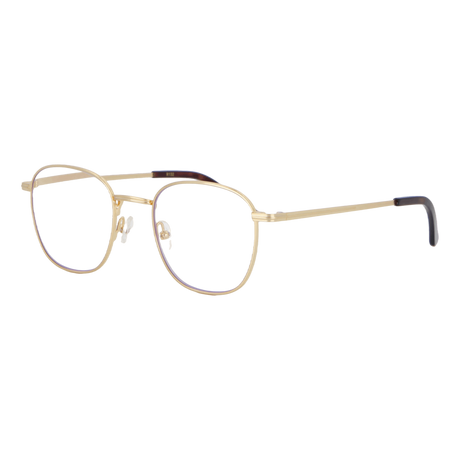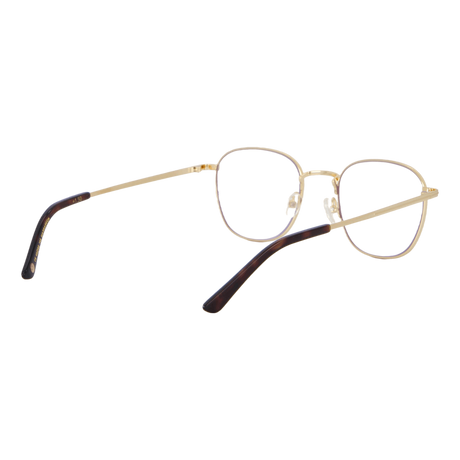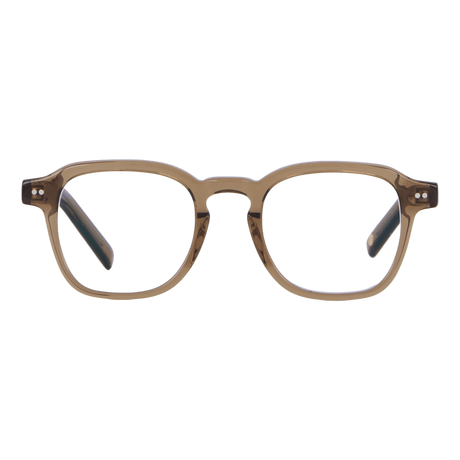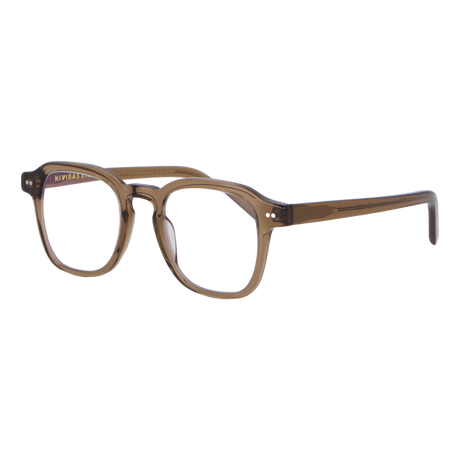What is Minus Power in Glasses?
Minus power in glasses is used to correct nearsightedness or myopia. If you are nearsighted, you have difficulty seeing things clearly at a distance, while you can see well up close. This is because your eye is too long or your cornea is too curved, causing light to focus in front of the retina instead of directly on it.
Minus power glasses compensate for this by spreading out the light before it reaches your eye, so that it focuses correctly on the retina. The higher the minus power, the more your nearsightedness is corrected.
How is Minus Power Measured?
Minus power is measured in diopters (D) and is written as a negative number, such as -2.50 D. The higher the number, the stronger the correction. An optometrist can determine your prescription through an eye exam.
It's common to have different prescriptions for your right and left eye. Your prescription can also change over time, especially during childhood and adolescence, so it's important to have regular eye exams.
Choosing Minus Power Glasses
When choosing minus power glasses, it's important to consider the following:
- Ensure the prescription is accurate and up-to-date
- Select a frame size and shape that suits your face
- Consider special lenses like thinner lenses for high prescriptions or anti-reflective coatings to reduce glare
- Think about the situations in which you'll be wearing the glasses, such as work, sports, or outdoor activities
Combining Glasses with Contact Lenses
Many people with nearsightedness choose to complement their glasses with contact lenses. This gives you the freedom to switch between glasses and lenses depending on the situation and your preference. Contact lenses also provide a wider field of vision and can be practical for sports and other activities.
If you're interested in trying contact lenses, talk to your optometrist. They can help you choose the right type of lenses and teach you how to insert, remove, and care for them. Common types of contact lenses for nearsightedness include:
- Soft lenses for daily or monthly wear
- Disposable daily lenses that are discarded after each use
- Rigid gas permeable lenses for more complex vision problems
Maintaining Eye Health
Whether you choose glasses, contact lenses, or a combination of both, it's important to maintain your eye health. This includes:
- Regular eye exams to monitor vision changes and eye health
- Wearing sunglasses with UV protection to shield your eyes from harmful sunlight
- Taking breaks from screens and doing eye relaxation exercises
- Eating a nutritious diet rich in vegetables and omega-3s to support eye health
Remember, minus power glasses and contact lenses are tools to help you see better, but it's equally important to take care of your eyes from the inside. With the right visual aids and a healthy lifestyle, you can enjoy clear vision and healthy eyes for many years to come.

